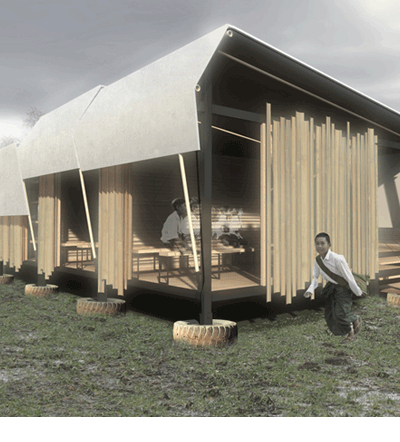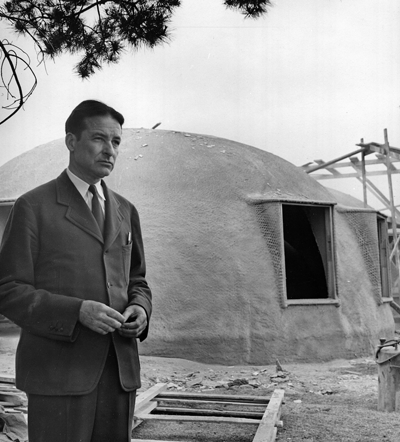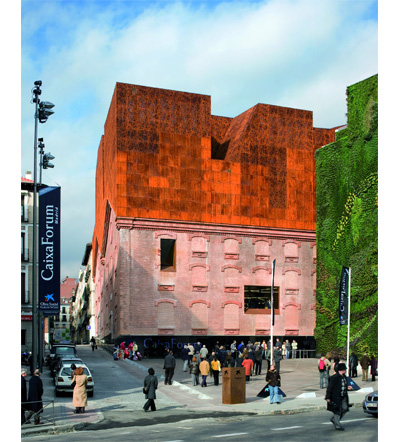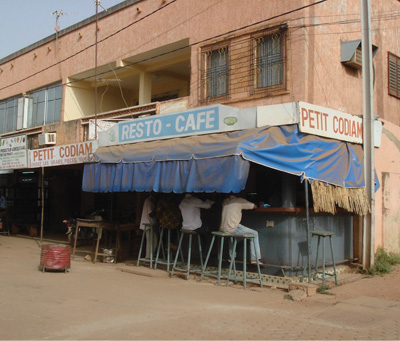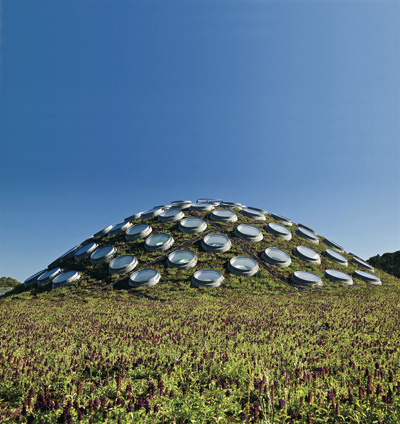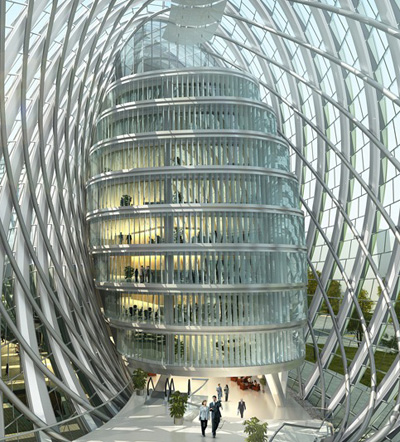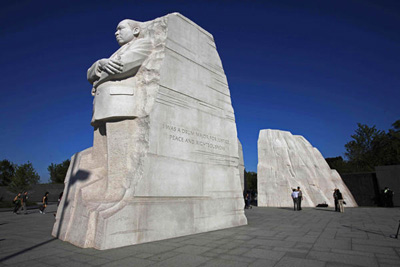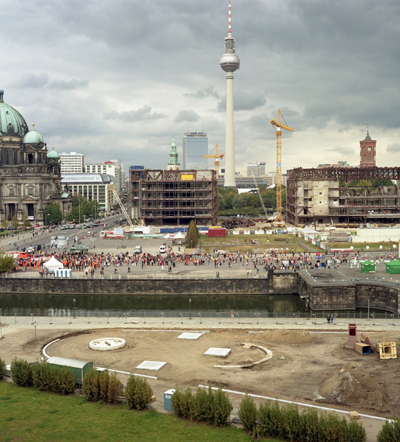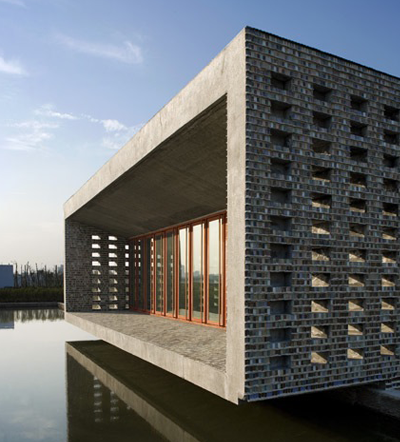
Ceramic House, 2003-2006, Jinhua, China. Photo by Lv Hengzhong.
When Hangzhou-based architect Wang Shu won the 2012 Pritzker Prize earlier this month, it marked a turning of the tide. Although the Pritzker, the discipline’s highest honor, has been awarded before to South American, Australian and Japanese architects, this is the first time it’s gone to a Chinese architect, and it seems just right. For too long people have understood high architecture as something that American and European designers practice and export to other parts of the world. Right now there’s a massive construction boom in China but it’s still projects designed by foreign offices, like OMA’s CCTV Tower and Herzog & de Meuron’s 2008 Olympic Stadium, both in Beijing, that grab the international spotlight. Although Shu has won major commissions throughout China and taught and lectured in the United States, he remains relatively unknown.
Shu’s buildings, designed with partner Lu Wenyu at Amateur Architecture Studio, have a distinctively earthy character. They’re massive volumes rendered with sensuous, tactile masonry surfaces. When he was young the architect worked for almost ten years on construction crews to master common building methods, and now he works closely with craftsmen to develop designs. He builds with everyday materials like poured concrete, fieldstone, and terra cotta tiles, which possess a reassuring heaviness. One of his signature strategies is to incorporate bricks and other materials salvaged from local demolition sites.
Slideshow




 Facebook
Facebook Permalink
Permalink Digg
Digg Reddit
Reddit LinkedIn
LinkedIn StumbleUpon
StumbleUpon Tumblr
Tumblr
